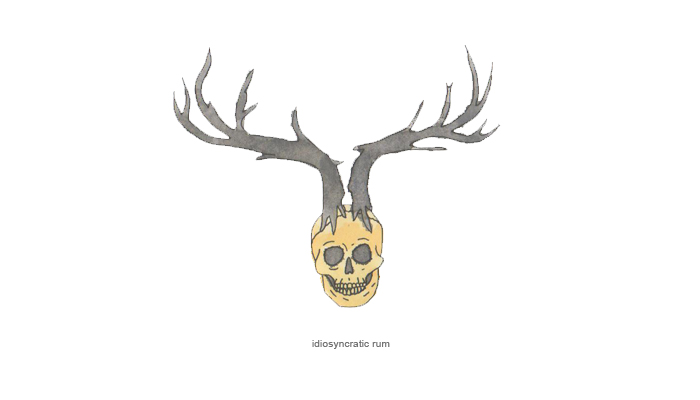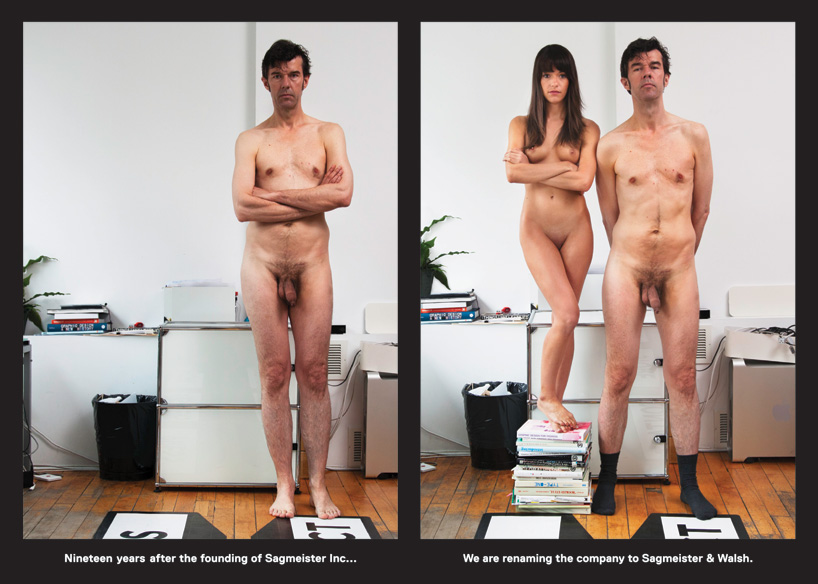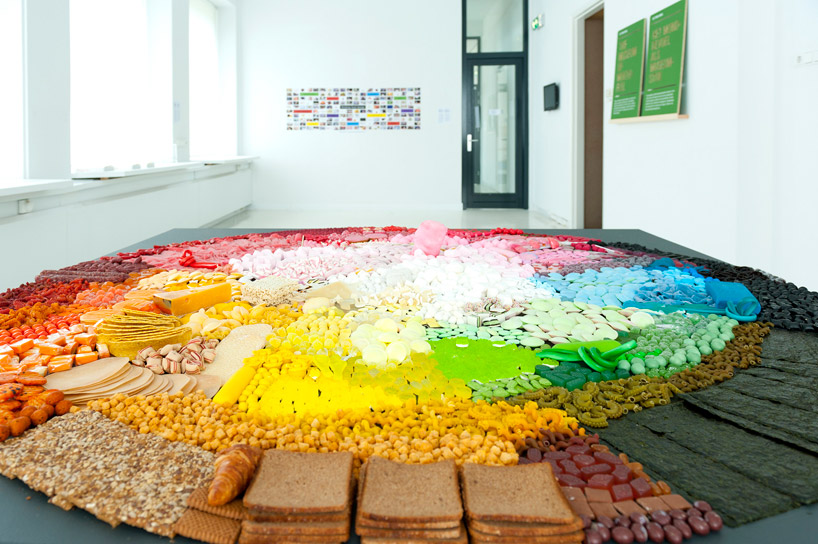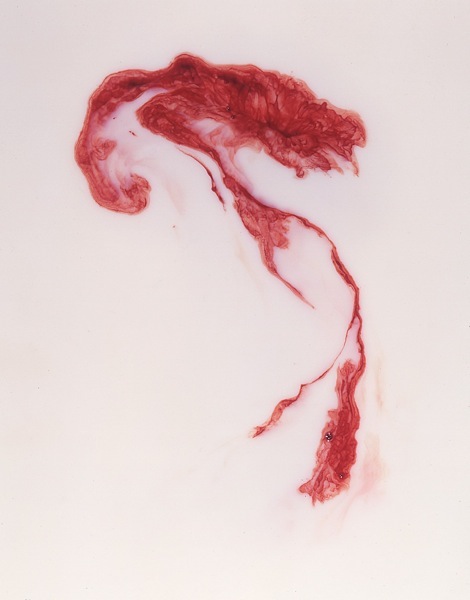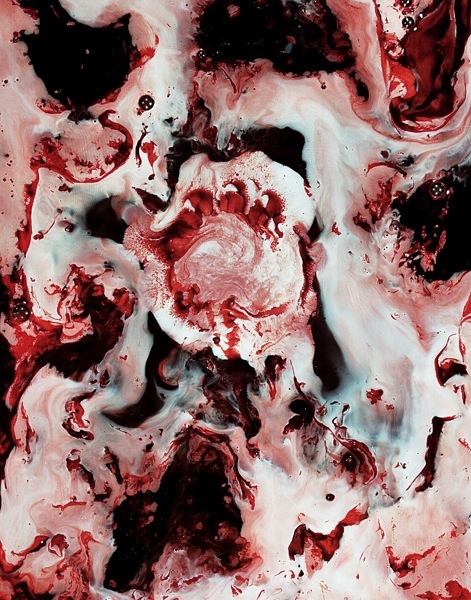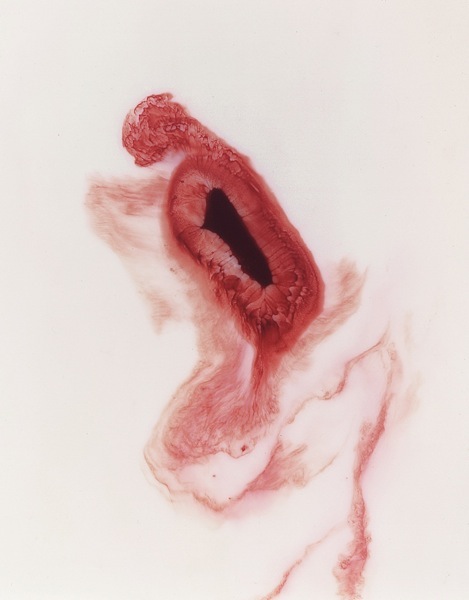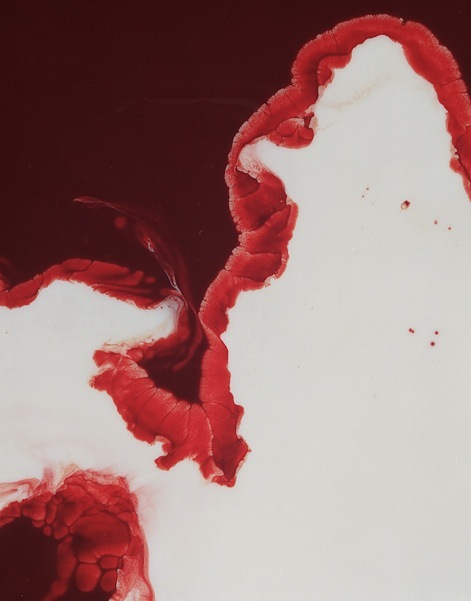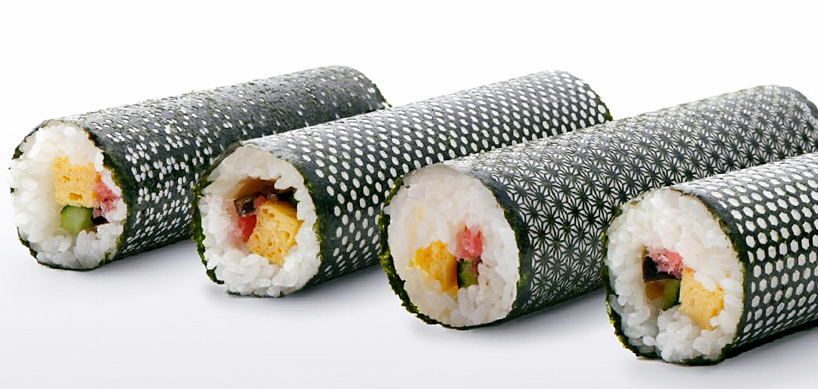12.04.2014
Jem, Stretch Armstrong, Skeletor Among Toys In New 'Happy Honda Days' Ad Campaign
As we children of the '80s approach the age of 30-40 and become more
solidified in our careers, it's becoming more obvious that companies
want to tap into our spending power. The latest to do so is the car
manufacturer Honda. Instead of the usual holiday sale commercials,
they've handed over the selling responsibilities to toys...our toys.
The first video is Jem and G.I. Joe Singing Fa La La La Love, the second is Gumby and Pokey Singing Whatever Comes To Mind, and the last is Skeletor and He-Man Singing Jingle Bros. If you played with any of these brands growing up, or you just want to chuckle at toys being toys, you might want to check them out.
The video with the most views will get a $50,000 donation from Honda to the specified charity.
7.24.2012
sagmeister & walsh
 |
| photography used on the promotional mailer sent out to announce the new partnership of sagmeister and walsh |
designboom spoke to stefan sagmeister and jessica walsh (sagmeister & walsh)
about their new partnership and that mailer.
designboom: how do you divide the workload?
stefan: jessica will be in charge of the more commercial pieces,
I will be in charge of the more self-generated ones but there will be plenty of cross over.
on most projects one will be in charge and other will comment.
jessica: stefan summed it up. generally we will work together on everything,
but there may be a few personal projects where we work more independently.
stefan, when did you decide you'd like to make jessica your partner?
stefan: it all started with my desire for a fancier studio space.
after looking at about 60 offices and finally finding the right one,
it occurred to me that I really did not want to take on the extra overhead
that would force us to do more (high paying) commercial jobs,
when my own desire was to create more self-generated work like 'the happy film'.
jessica had handled large projects like aishti and EDP for a while,
so this was the right time to approach this and I thought she will make
a wonderful partner as she is fantastically prolific in all aspects of design:
she can come up with a great idea, execute it, explain it and get it produced.
jessica, how did it feel to be offered such an opportunity?
jessica: it is of course a huge honor to be a partner with stefan.
do you think the new dynamic of the studio will change your output?
stefan: the desire is always to create work that either helps or delights people.
jessica: we hope to both benefit from the partnership and by extension
so will our work and our clients. we hope to be able to do more self-authored projects
while continuing to do client work that we are both excited about and believe in.
we've started taking on more film, commercial and web projects in the past year which
we both enjoy and will likely do more of.
did the online reaction to your promotional mailer surprise you at all?
stefan: I was deeply hurt by all the foreskin comments. I am very fond of it.
I might start to work it out more.
jessica: I read the comments, but I had expected and was prepared for negative comments.
I laughed! mostly the feedback we received was overwhelmingly positive.
were you keeping track of what was being said on the design blogs, twitter etc.?
stefan: no, but that's a good idea. it could become its own little design project, or not.
jessica: we'll do that now, maybe compile the good and bad ones.
did it give you any food for thought?
stefan: we want to do more of it. flood the net with images of my socks.
my socks will have their own facebook page, soon.
jessica: naked christmas cards?
could you tell us a bit about what you are working on now
and what we can expect from your studio in the near future?
stefan: we are working on the happy film, to be released in fall 2013.
and starting to work on design with no purpose... please don't ask,
I don't quite understand it myself yet.
also a middle eastern department store, a new museum project,
about three exhibits and five books.
jessica: this week the studio is working on designing a poster, a book,
the new studio identity, and a website. we're also finishing up a new advertising campaign
for one of our fashion clients. in the past few years we've had a great mix of projects
ranging from design for advertising, exhibitions, books, print, commercials to film.
your site streams live footage of your studio all day everyday,
are you overly conscious that you are being watched?
stefan: no.
jessica: thousands of people have now seen me naked,
so I would hope people seeing me work wouldn't make me nervous!
what piece of advice should every graphic designer remember?
stefan: if you are fresh out of school, look for a design company
that does the kind of work you want to do.
try really hard to get a job with them.
work your ass off.
then start your own place.
jessica: do work you love and are passionate about,
look outside of the world of graphic design for inspiration.
what piece of advice should every graphic designer ignore?
stefan: 'the computer is just a tool' if you believe that, you are a tool.
jessica: tools.
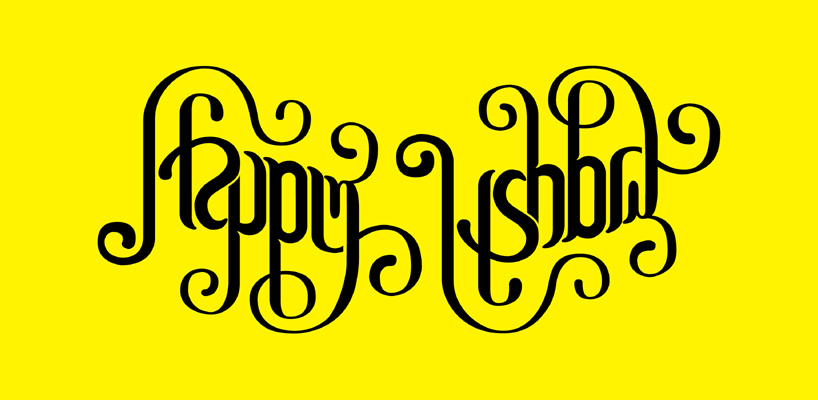 |
| identity for 'stefan sagmeister - the happy show' at ICA, april 4 until august 12th, 2012 see designboom's coverage of the exhibition here |
 |
| views of 'the happy show'... |
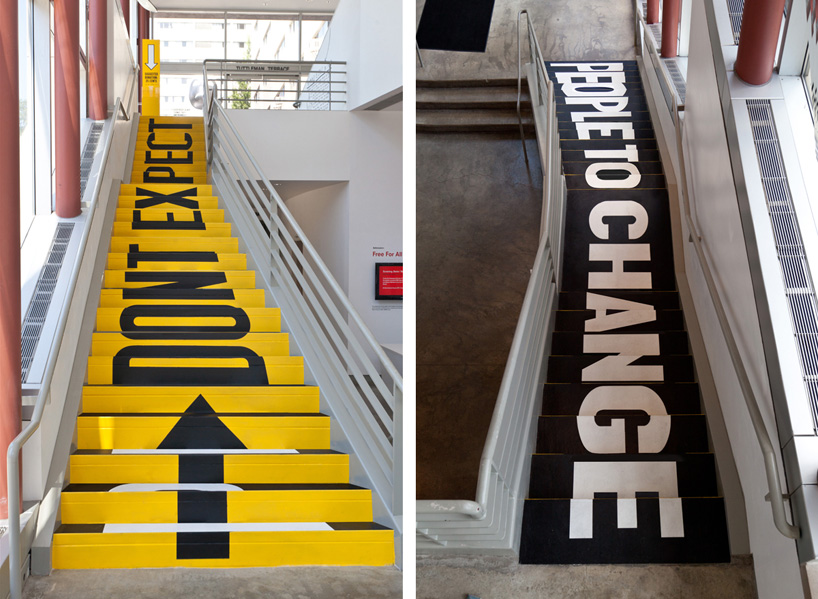 |
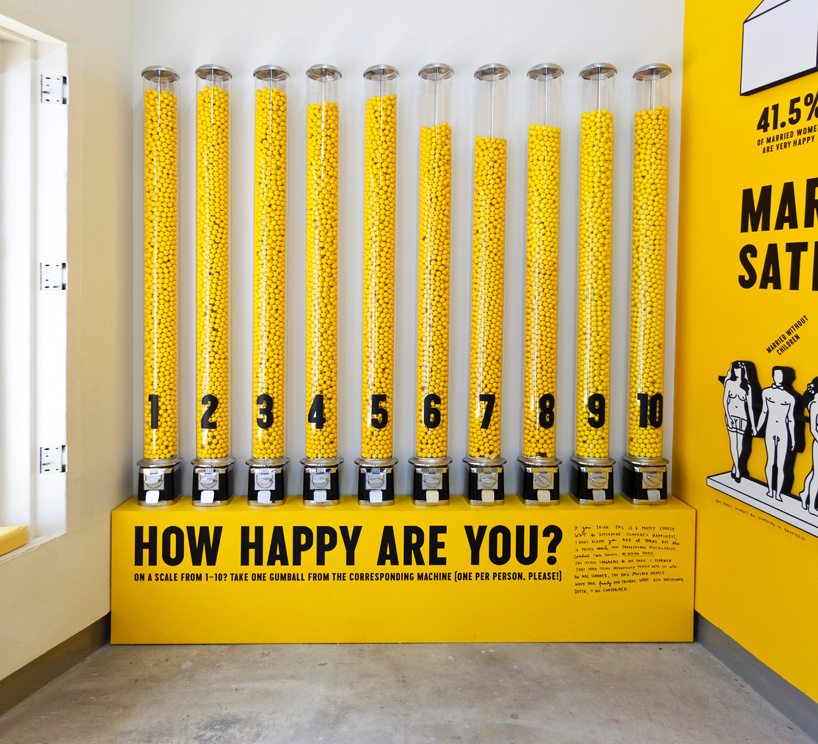 |
 |
| aishti identity, 2011 |
 |
| aishti bags, 2011 - the bags feature kissing couples inside |
 |
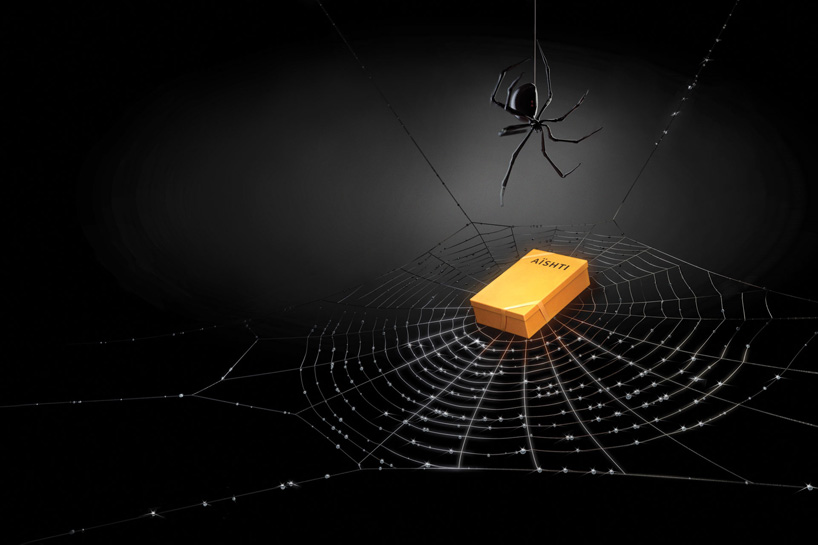 |
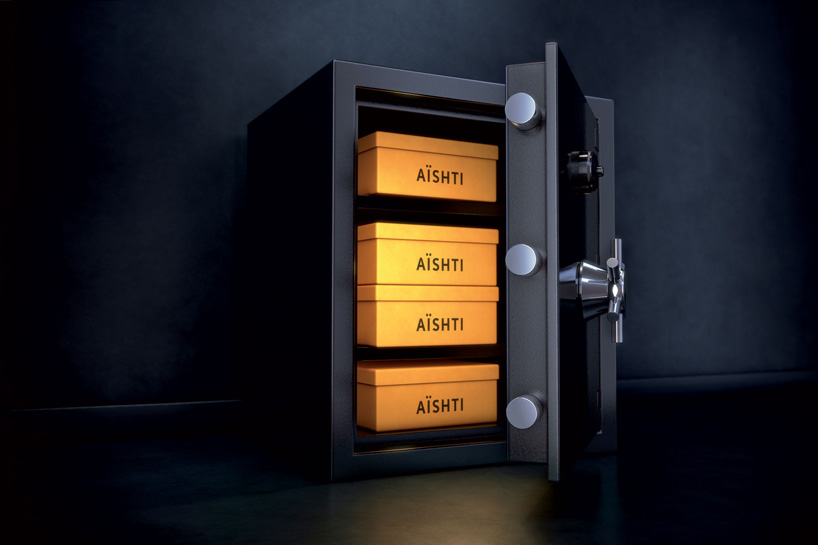 |
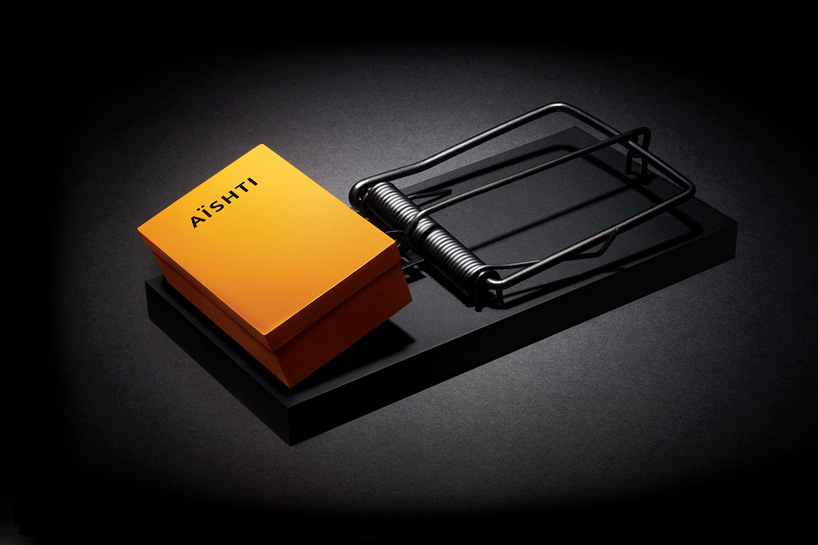 |
 |
| cut paper photo illustrations for the aishti minis advertising campaign, 2011 |
 |
| aishti minis is a children's department store based in beirut. campaign images were used in newspapers, magazines, and billboards in the middle east |
 |
| aizone identity, 2010 |
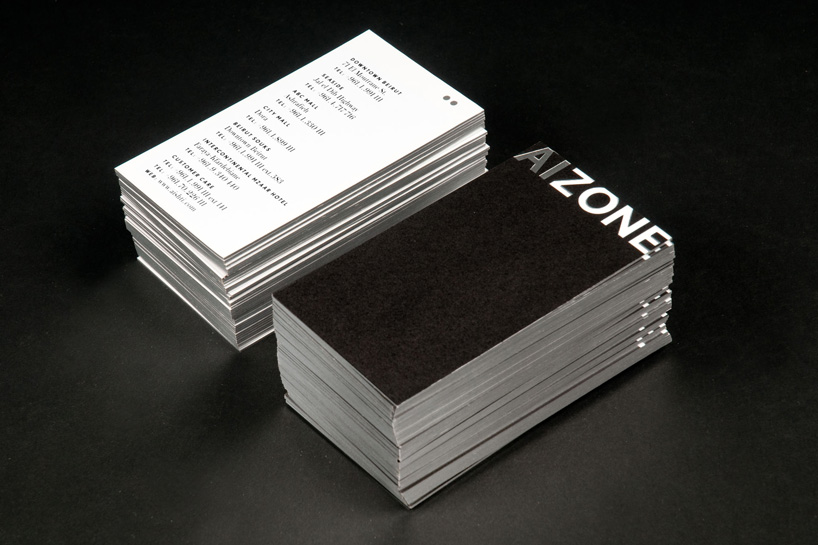 |
 |
| aizone spring / summer 2011 campaign images, 2011 |
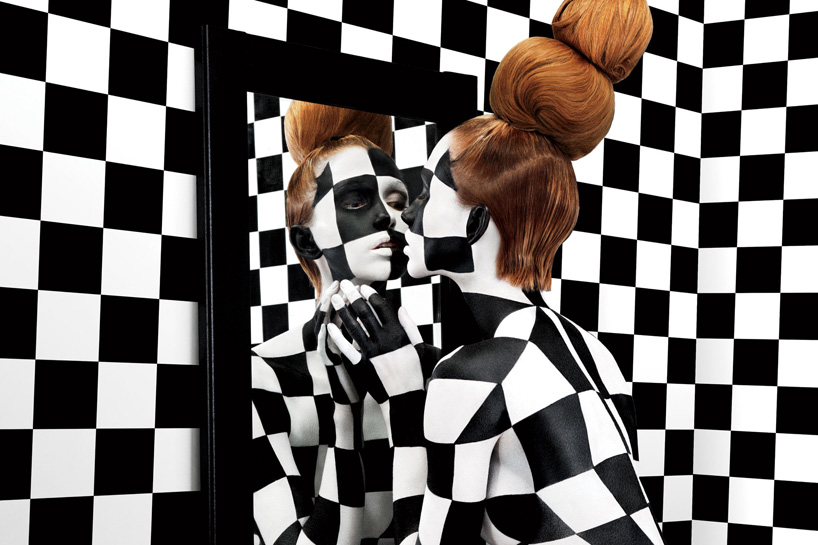 |
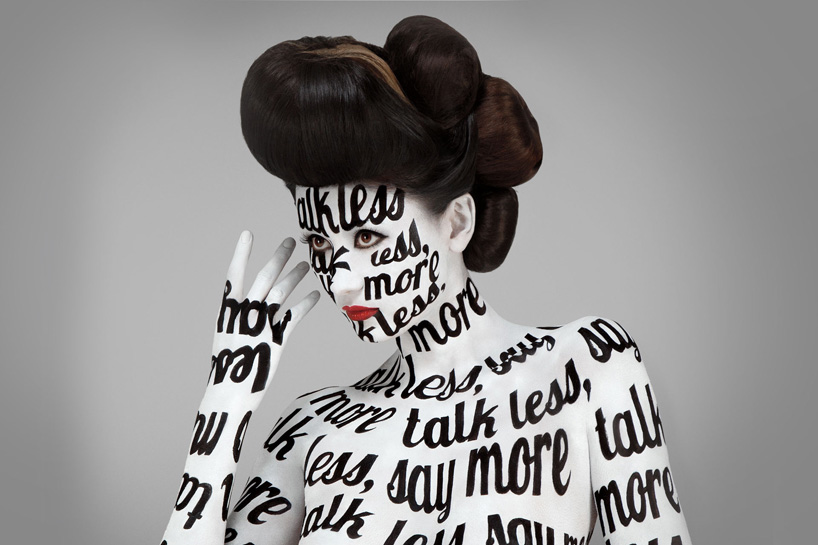 |
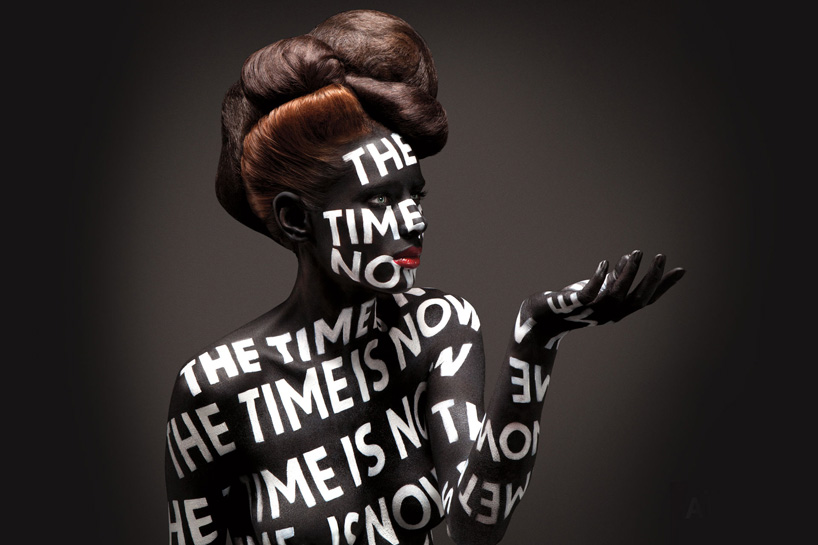 |
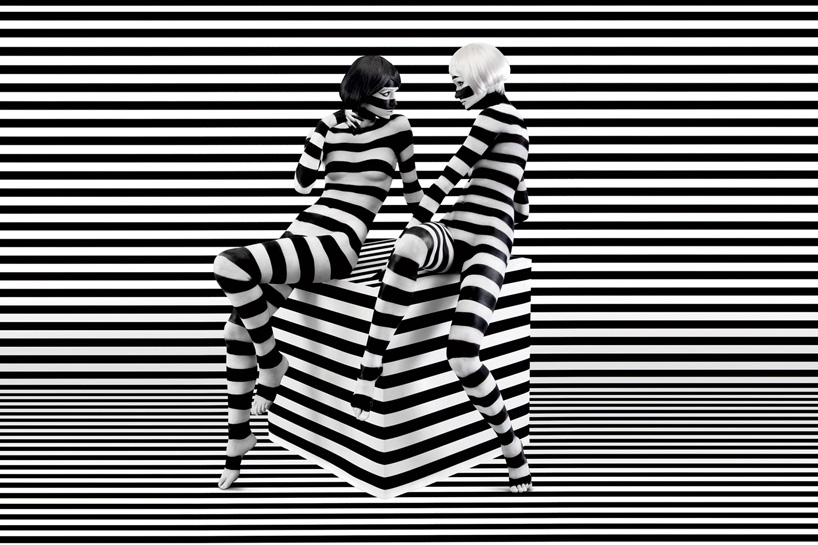 |
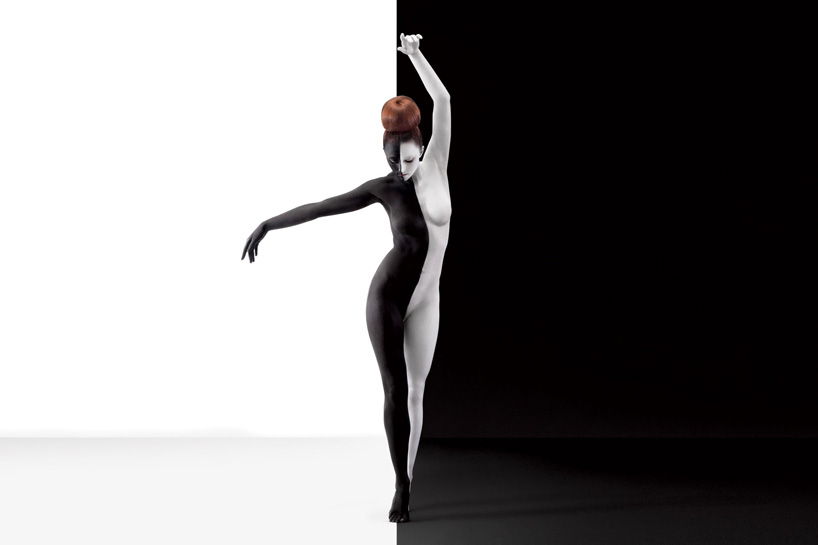 |
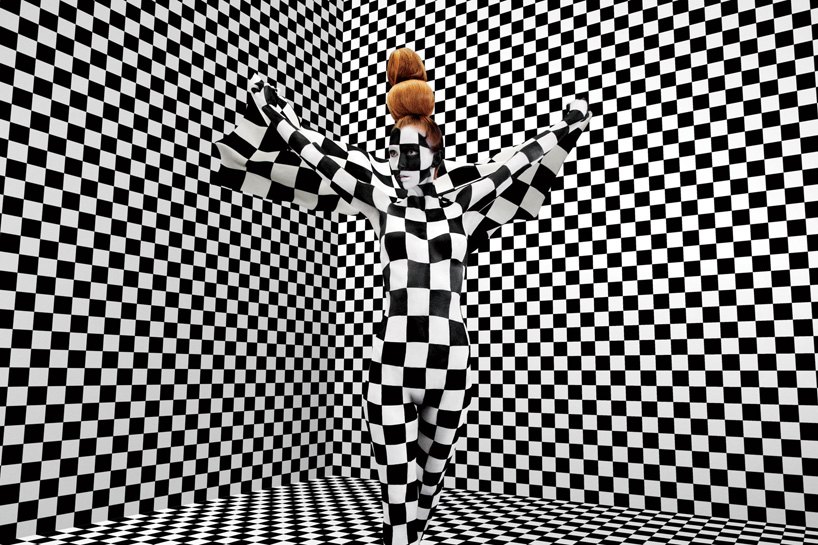 |
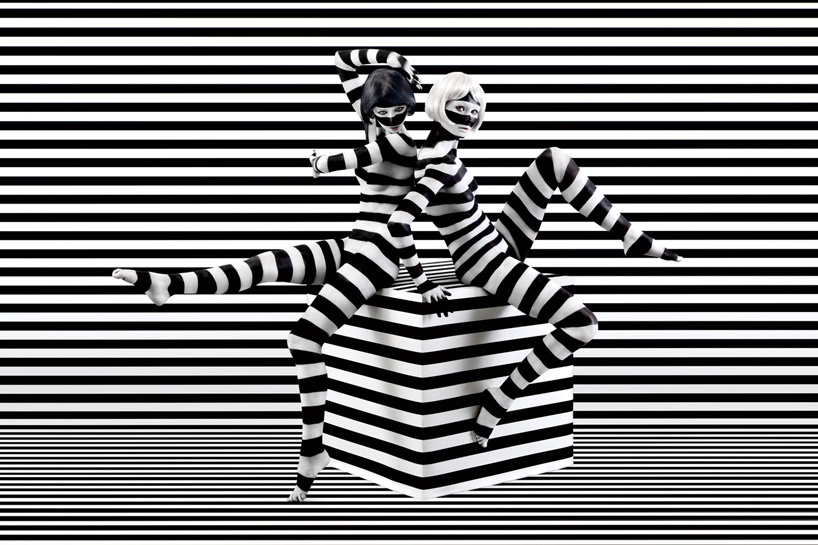 |
 |
| story identity, 2011 |
 |
| story identity, 2011 - story is a concept store in chelsea, new york |
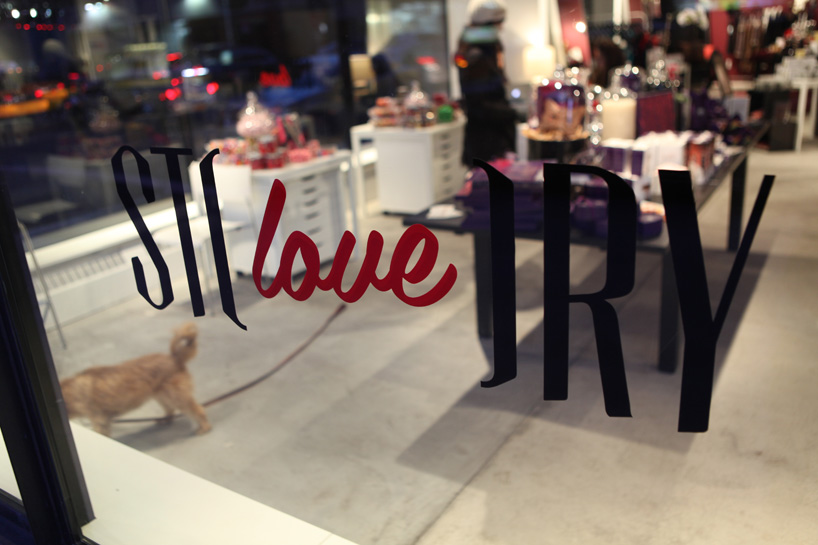 |
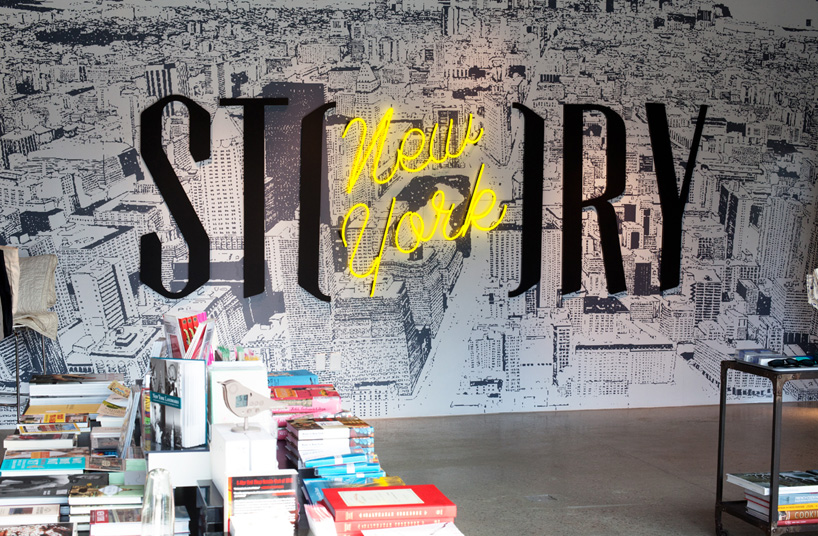 |
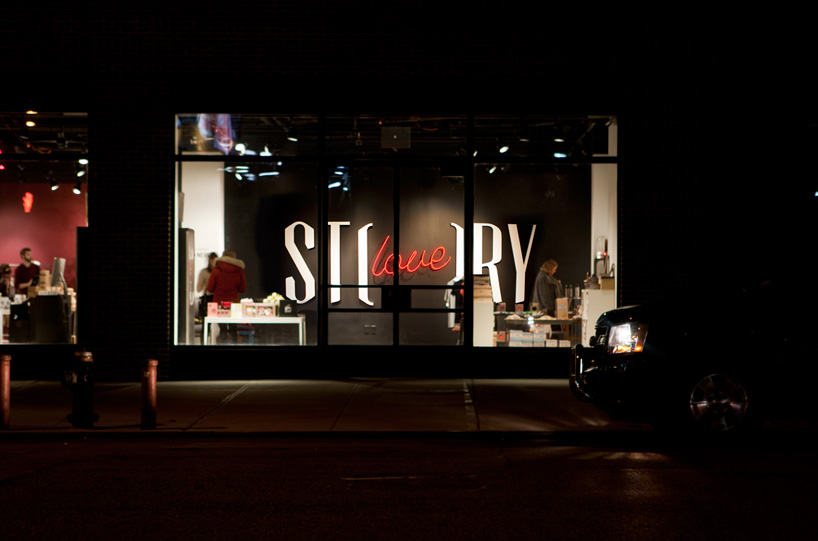 |
labels
graphic design
art on your plate
food culture: eating by design
designhuis, eindhoven, the netherlands
on now through 30 september
'food culture: eating by design' is an exhibition by premsela, the netherlands institute for design and fashion, presented at the designhuis in eindhoven. the exposition, curated by designer marije vogelzang, showcases work by designers who explore the links between design, food and the origins of what we eat. vogelzang says of the display: 'I want to inspire designers who aren't yet involved with the food chain to start addressing the subject, it's a challenge working with something as transitory as food.'
designhuis, eindhoven, the netherlands
on now through 30 september
'food culture: eating by design' is an exhibition by premsela, the netherlands institute for design and fashion, presented at the designhuis in eindhoven. the exposition, curated by designer marije vogelzang, showcases work by designers who explore the links between design, food and the origins of what we eat. vogelzang says of the display: 'I want to inspire designers who aren't yet involved with the food chain to start addressing the subject, it's a challenge working with something as transitory as food.'
there were more than 20 contributors including designers james king (GB), marti guixé (ES) and tomm velthuis (NL); the photojournalist peter menzel (US); and the artists julie green (JP), uli westphal (DE) and koen van mechelen (BE) which investigate the idea of cuisine in playful, scientific and unusual ways from armies of ceramic chickens, 3d printed chocolates to growing meat in test tubes.
 |
| 'dressing the meat of tomorrow: MRI steak' by british designer james king examines how we might choose to give shape, texture and flavor to a new sort of food in order to better remind us where it came from. the MRI [Magnetic Resonance Imaging] unit scours the countryside looking for the most beautiful examples of cows, pigs, chickens and other livestock. once located, the creature is scanned from head to toe, creating accurate cross-sectional images of its inner organs. the aesthetically pleasing examples of anatomy are used as templates to create moulds for the in-vitro meat. the result is a complicated and authentic form of food. |
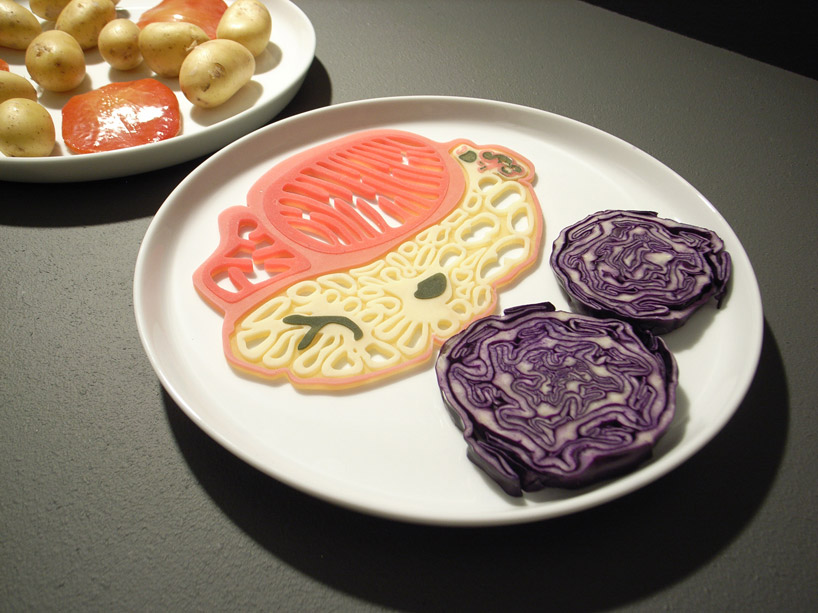 |
| 'dressing the meat of tomorrow: MRI steak' by james king in vitro meat |
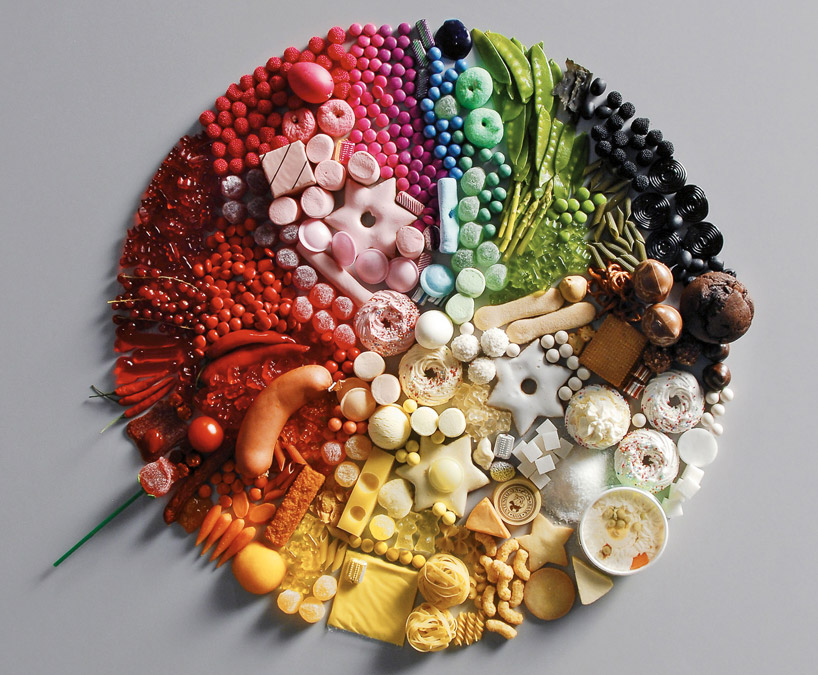 |
through 'food design XL' austrian design studio honey & bunny investigates why certain culinary delights are the way they are and how they influence our senses. they look at the industrialized production of the things we eat and how we are able to control
the color, odor, shape. it explores the consistency and taste of what we consume that impacts the current state of food product design, and how we interact with and handle the things we digest, from cutting to serving to eating.
|
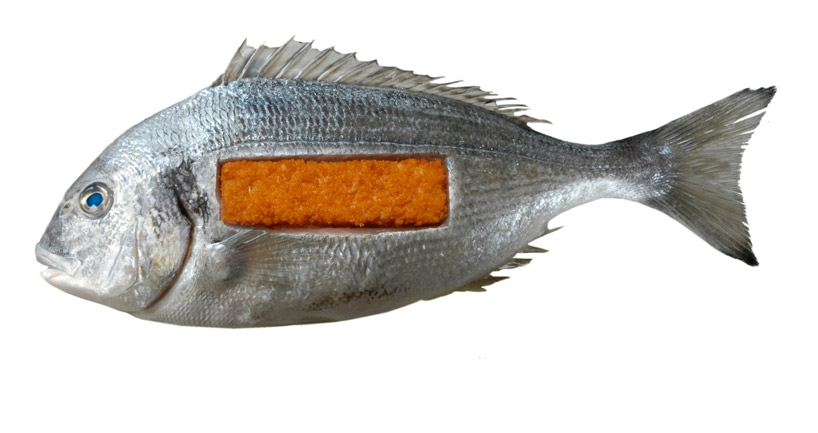 |
| 'food design XL' by honey and bunny |
 |
| 'mutatos' by uli westphal |
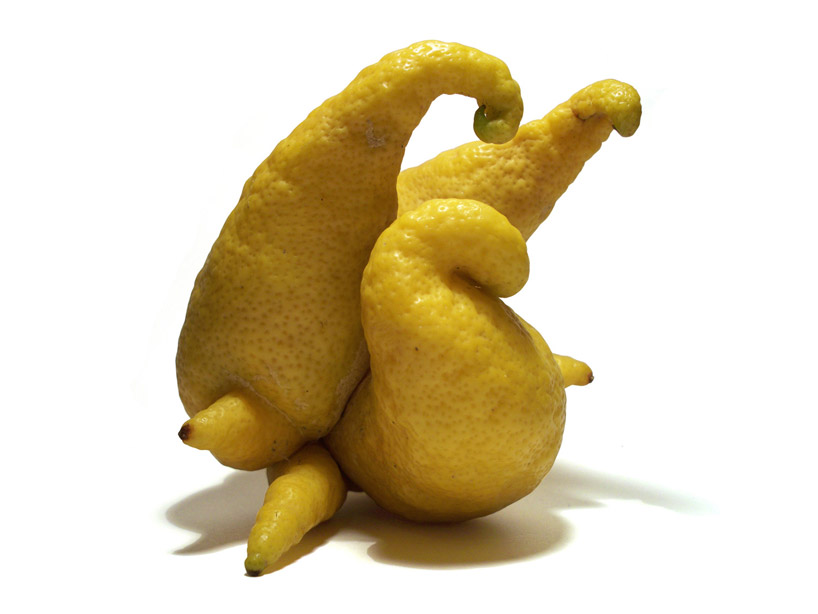 |
| 'mutatos' by uli westphal |
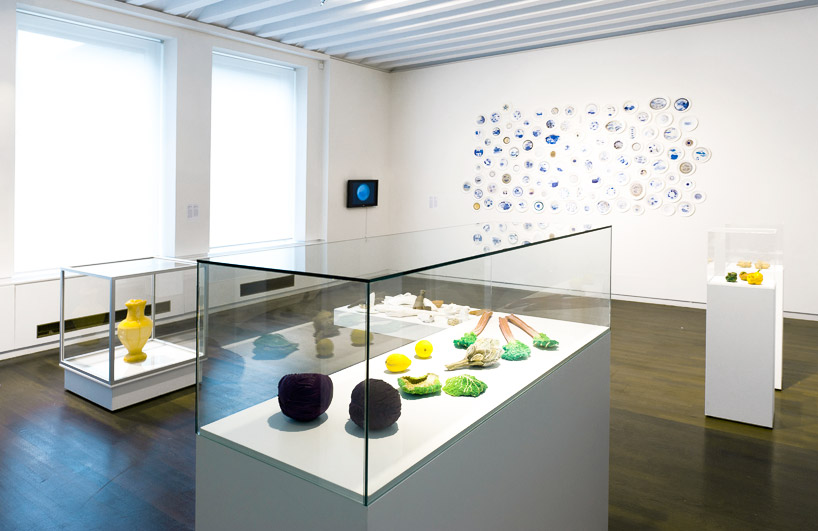 |
| the exhibition covered a wide range of projects concerning food and its role within society |
7.23.2012
5.07.2012
designer sushi
developed by international ad agency I&S BBDO for the umino seaweed shop, 'design nori' is a series of intricately
laser-cut seaweed for rolling sushi. each sheet of five designs-- 'sakura' ('cherry blossoms'), 'mizutama' ('water drops'),
'asanoha' ('hemp'), 'kikkou' ('turtle shell'), and 'kumikkou' ('tortoise shell')-- is based on an element of japanese history
or symbology, meant to bring beauty, good fortune, growth, happiness, and longevity.
'design nori' s on exhibition through may 27th, 2012, at 'katagami style' of 19th century japanese stencil artwork, at the mitsubishi ichigokan museum in tokyo. the pieces themselves are available for sale only through the retail location in ibaraki prefacture and at the exhibition, currently for the price of 840 yen (approx. 10 USD) each. in the future, umino hopes to produce the nori on a larger scale and at lower cost.
'design nori' s on exhibition through may 27th, 2012, at 'katagami style' of 19th century japanese stencil artwork, at the mitsubishi ichigokan museum in tokyo. the pieces themselves are available for sale only through the retail location in ibaraki prefacture and at the exhibition, currently for the price of 840 yen (approx. 10 USD) each. in the future, umino hopes to produce the nori on a larger scale and at lower cost.
Subscribe to:
Posts (Atom)
